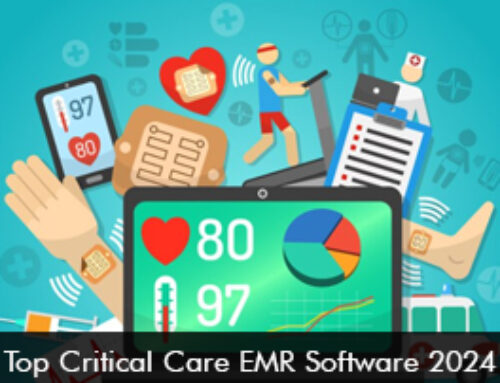All the Healthcare IT leaders, developers, along with federal policymakers must work together to reduce the risk off higher rates of physician burnout. Since the order of mandatory Electronic Medical Records (EMR) software adoption in 2009, there has been a significant increase in physician burnout. It is no coincidence that rates of EMR adoption and physician burnout have increased across the U.S in recent years.
However, there are some way that practices can adapt to prevent physician burnout, increase physician satisfaction, and create a work environment in which physicians and EHR software technology can flourish together. Following are the top ways to prevent physician burnout in the era of EHR/PM software systems:
HIRING MEDICAL SCRIBES
Many physicians have mentioned that patient-provider relationship is one of the significant sources of dissatisfaction. Federal reporting requirements mandate extensive clinical documentation, forcing providers to spend more time facing their computer monitors and less time interacting with patients.
Inviting medical scribes into physician offices during patient visits may help to give providers more face time with patients. Medical scribes can record notes throughout the visit, freeing up physicians to foster strong personal relationships with their patients.
Incorporating scribes into physician practices may improve physician’s well-being and function as a protective buffer against the demands of clinical documentation.
ADOPT EMR-INCORPORATED VOICE RECOGNITION SOFTWARE
Natural language processing (NLP) and voice recognition could help to ease provider burden by allowing physicians to quickly dictate clinical documentation rather than spend time typing notes.
Many EMR software companies including Epic EHR software, athenahealth EMR software, and eClinicalWorks EMR software are currently offering voice-activated virtual assistants designed to help with clinical documentation.
While the technology can streamline clinical documentation by sidestepping the need for manual data entry, one study found the use of voice-recognition software may lead to inaccurate physician notes.
SIMPLIFYING FEDERAL DOCUMENTATION & BILLING REQUIREMENTS
CMS and ONC, the regulatory bodies are well aware that administrative burden is contributing to the provider burnout problem.
Last year, Seema Verma, CMS Administrator announced several new initiatives specifically designed to reduce administrative burden on providers and shift the focus back on patient care.
These initiatives are intended to limit the number of clinical quality measures to those most critical to improving patient health outcomes as well as promote stakeholder collaboration to identify opportunities for regulatory relief.
SPECIALIZED EMR INTERFACES & CLINICAL WORKFLOWS
Finally, healthcare organizations and health IT developers can help to boost physician satisfaction with EMR systems and ultimately deter the onset of physician burnout by specializing Electronic Health Records (EHR) software interfaces.
Despite years of health IT development, physicians still struggle to navigate clunky EHR and Practice Management (PM) software interfaces that sometimes bury important information or inundate providers with unnecessary data.







